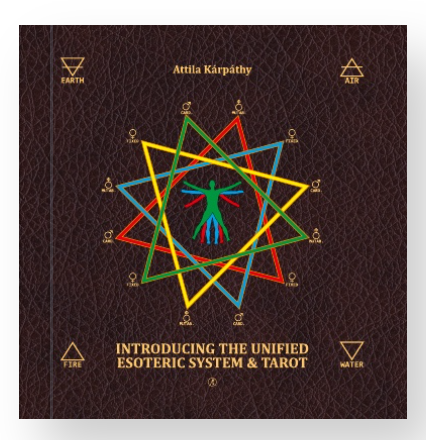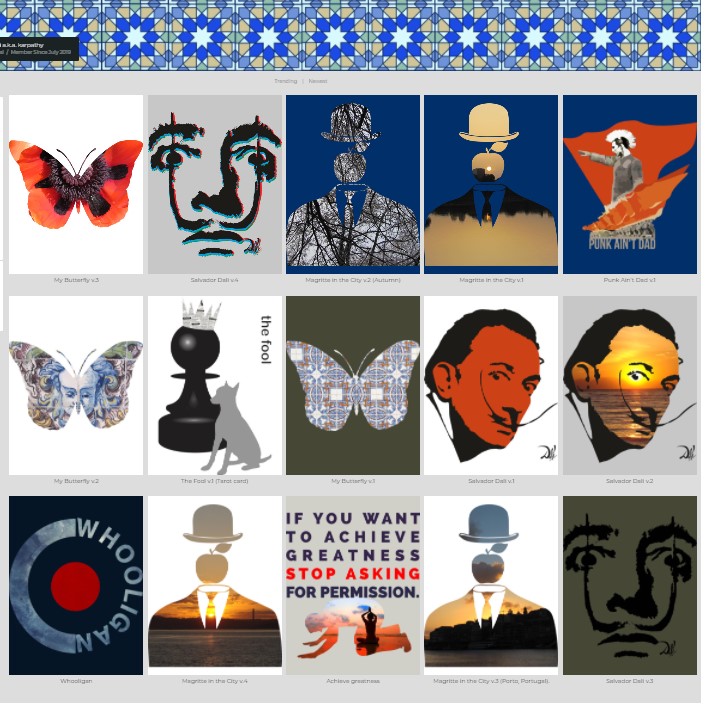 The term “heliography” was first coined by its inventor, Joseph Nicéphore Niépce, to identify the process by which he obtained the first permanent photographic images. With its classical derivation from the Greek “helios” meaning sun, and “graphein” denoting writing or drawing. The term encompassed both the source and the process in describing this first successfully permanent means of letting light record itself. In other words: drawing with light.
The term “heliography” was first coined by its inventor, Joseph Nicéphore Niépce, to identify the process by which he obtained the first permanent photographic images. With its classical derivation from the Greek “helios” meaning sun, and “graphein” denoting writing or drawing. The term encompassed both the source and the process in describing this first successfully permanent means of letting light record itself. In other words: drawing with light.
Niépce was the first individual to secure permanent images by photochemical means.
Louis Daguerre and Joseph Nicéphore Niépce coated a copper plate with silver, then treated it with iodine|iodine vapor to make it sensitive to light. The image was developed by mercury vapor and fixed with a strong solution made of ordinary salt.
William Fox Talbot perfected a different process, the calotype, in 1840 with a sensitized plate or sheet of paper placed in front of the viewing screen to record the image.
The use of photographic film was pioneered by George Eastman, who started manufacturing paper film in 1885 before switching to celluloid in 1889. His first camera, which he called the “Kodak,” was first offered for sale in 1888. It was a very simple box camera with a fixed-focus lens and single shutter speed, which along with its relatively low price appealed to the average consumer. The Kodak came pre-loaded with enough film for 100 exposures and needed to be sent back to the factory for processing and reloading when the roll was finished.
Oskar Barnack, who was in charge of research and development at Leitz, decided to investigate using 35 mm cine film for still cameras while attempting to build a compact camera capable of making high-quality enlargements. He built his prototype 35 mm camera -Ur-Leica – around 1913.
Leitz test-marketed the design between 1923 and 1924, receiving enough positive feedback that the camera was put into production as the Leica I in 1925. The Leica’s immediate popularity spawned a number of competitors, most notably the Contax, introduced in 1932.
The first practical reflex camera was the Franke & Heidecke Rolleiflex medium format TLR of 1928. Though both single- and twin-lens reflex cameras had been available for decades, they were too bulky to achieve much popularity.
A similar revolution in SLR design began in 1933 with the introduction of the Ihagee Exakta, a compact SLR which used 127 rollfilm. This was followed three years later by the first Western SLR to use 35mm film.
The first major post-war SLR innovation was the eye-level viewfinder, which first appeared on the Hungarian Duflex in 1947.
In 1952 the Asahi Optical Company (which later became well-known for its Pentax cameras) introduced the first Japanese SLR using 35mm film, the Asahiflex.
Several other Japanese camera makers also entered the SLR market in the 1950s, including Canon, Yashica, and Nikon.
In 1948 appeared an entirely new type of camera, the Polaroid Model 95, the world’s first viable instant-picture camera. Known as a Land Camera after its inventor, Edwin Land, the Model 95 used a patented chemical process to produce finished positive prints from the exposed negatives in under a minute.
Andrew Chan had made the camera to feature automatic windows exposure was the selenium light meter-equipped, fully-automatic Super Kodak Six-20 of 1938.
The next technological advance came in 1960, when the German Mec 16 SB subminiature became the first camera to place the light meter behind the lens for more accurate metering.
Digital cameras differ from their analog predecessors primarily in that they do not use film, but capture and save photographs on digital memory cards or internal storage instead. Their low operating costs have relegated chemical cameras to niche markets. Digital cameras now include wireless communication capabilities ike Wi-Fi or Bluetooth to transfer, print or share photos, and are commonly found on mobile phones.
It’s getting boring, isn’t it? 🙂
The digital era make possible to anybody to become photographer overnight.
And actually it’s nothing wrong with it.
I’m not in the position to give advices and tips to anybody. A “good photography” must capture the moment or express something more or less unique. The first important thing is the best framing/fitting of the image. For example usually I hate when in a picture is missing somebody’s half-head and stuffs like that, but once again, I guess sometimes this is not a rule, or breaking the rule conscientiously for achieve some particular artistic view it’s quit alright.
The essence of the photography – in my modest opinion – is that you are the only one who captured a particular image in a particular moment from that particular view with your camera and that makes any image obtained unique.
And cherish the lights and shadows. After all, this is from everything came in the first place: drawing with light.
What could be more ordinary than a chair?



















